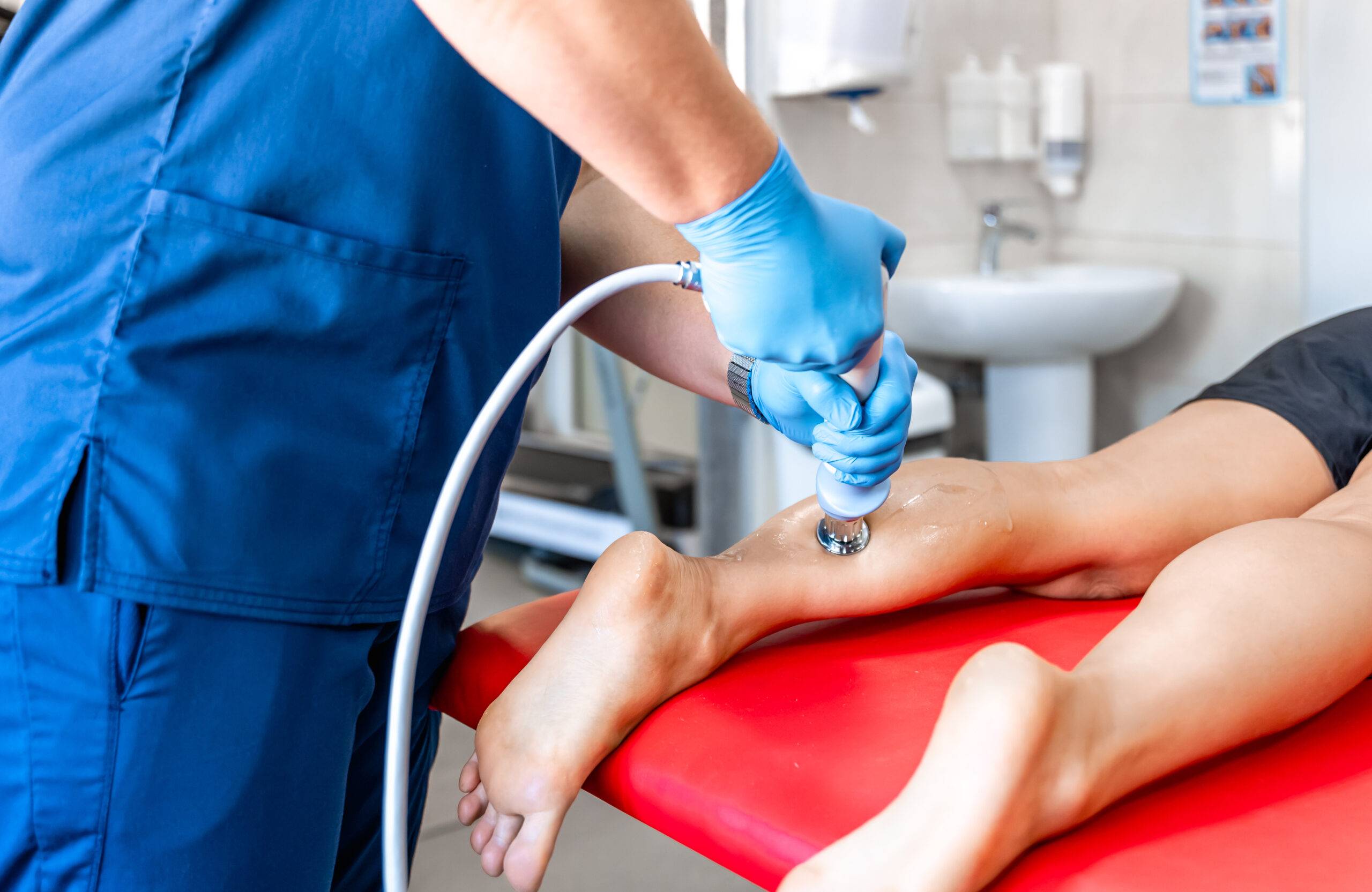With the Summer sun and warm temperatures right around the corner, now seems like a great time to discuss an extremely common injury that adds such a hindrance to living an active lifestyle. Plantar fasciitis is a foot condition that affects millions of people worldwide, causing pain and discomfort in the heel and sole of the foot. Whether you’re an athlete, a professional on your feet all day, or simply someone who enjoys getting outside for a long walk or hike, the onset of plantar fasciitis can significantly hinder your daily activities. This condition arises from inflammation of the plantar fascia, a thick band of tissue that supports the arch of the foot and is crucial in the transfer of load/force during gait. However, with the right approach, you can conquer this discomfort and regain your stride. Let’s explore effective prevention strategies and treatment options to help you step out of pain and back into motion.
The plantar fascia is a thick band of tissue that connects the heel bone (calcaneus) to the toes, providing support to the arch of the foot and helping to absorb shock during movement. Plantar fasciitis occurs when this tissue becomes inflamed or irritated, resulting in pain and stiffness in the heel and underside of the foot. While the exact cause of plantar fasciitis can vary from person to person, several factors contribute to its development. Activities that involve repetitive movements or prolonged standing, such as running, walking, or dancing, can cause strain through the plantar fascia, leading to inflammation and pain. General foot structure and biomechanics of the foot can influence the plantar fascia. Individuals with flat feet, high arches, or abnormal foot or gait mechanics may be more prone to developing plantar fasciitis due to the increased stress placed on the plantar fascia during movement. Simply enough, what you wear around your feet can significantly affect the plantar fascia. Wearing shoes with inadequate support or cushioning can exacerbate plantar fasciitis by placing additional strain on the plantar fascia. High heels and shoes with poor arch support are common culprits. The tissues surrounding the plantar fascia also play a big role in this condition.
Tight calf and plantar muscles or Achilles tendons can contribute to the development of plantar fasciitis by altering the mechanics of the foot and increasing stress on the plantar fascia.
Preventing plantar fasciitis involves taking proactive measures to reduce strain on the plantar fascia and maintain foot health. By incorporating the following strategies into your daily routine, you can lower your risk of developing this painful condition. Investing in shoes that provide adequate arch support, cushioning, and stability is a great first step. Look for footwear specifically designed for your activity level, whether it’s running, walking, or standing for extended periods. When starting a new exercise program or increasing the intensity of your workouts, do so gradually to allow your body time to adjust. Avoid sudden spikes in activity that can put excessive strain on the plantar fascia that it isn’t accustomed to. Perform stretching exercises targeting the calf muscles, Achilles tendon, and plantar fascia to improve flexibility and reduce tension in the lower leg. Incorporate these stretches into your daily routine, especially before and after exercise. Lastly, if you have a job that requires long periods of standing or walking, try to take frequent breaks to rest your feet and change positions to avoid the continuous tension through the fascia for hours on end.
Preventing plantar fasciitis involves taking proactive measures to reduce strain on the plantar fascia and maintain foot health. By incorporating the following strategies into your daily routine, you can lower your risk of developing this painful condition. Investing in shoes that provide adequate arch support, cushioning, and stability is a great first step. Look for footwear specifically designed for your activity level, whether it’s running, walking, or standing for extended periods. When starting a new exercise program or increasing the intensity of your workouts, do so gradually to allow your body time to adjust. Avoid sudden spikes in activity that can put excessive strain on the plantar fascia that it isn’t accustomed to. Perform stretching exercises targeting the calf muscles, Achilles tendon, and plantar fascia to improve flexibility and reduce tension in the lower leg. Incorporate these stretches into your daily routine, especially before and after exercise. Lastly, if you have a job that requires long periods of standing or walking, try to take frequent breaks to rest your feet and change positions to avoid the continuous tension through the fascia for hours on end.
- REST & ICE – Considering Plantar Fasciitis is an inflammation and irritation of the fascia, icing the area is a good first step to take to reduce inflammation and alleviate pain through the fascia. Ice can be applied for 10-15 minutes several times a day, especially after activity or at the end of the day. Another way to effectively ice the heel is to freeze a plastic water bottle and apply the ice to the plantar fascia by rolling your foot out using the frozen bottle.
- ORTHOTICS – If your issue is caused or affected by your foot structure, orthotics are extremely effective at providing support to the foot and decreasing strain on the fascia. At Active Approach we can identify the biomechanical issue, and provide custom orthotics to be worn in athletic or casual shoes throughout the day to provide ongoing relief.
- MANUAL TREATMENT – We will design a personalized treatment plan to address muscle imbalances, improve flexibility, and strengthen the muscles of the foot and lower leg. We utilize manual therapy techniques, such as Active Release Technique, Graston Technique, and modalities such as low-level laser therapy and interferential current. These manual therapies in combination with at-home stretch/strength exercises will effectively decrease tension through the lower leg and decrease the irritation and strain through the Plantar Fascia.
- SHOCKWAVE THERAPY – Extracorporeal shockwave therapy is another great non-invasive treatment option that uses shock waves to stimulate healing in the affected tissue. This therapy may be considered for individuals who have not responded to conservative treatments.





